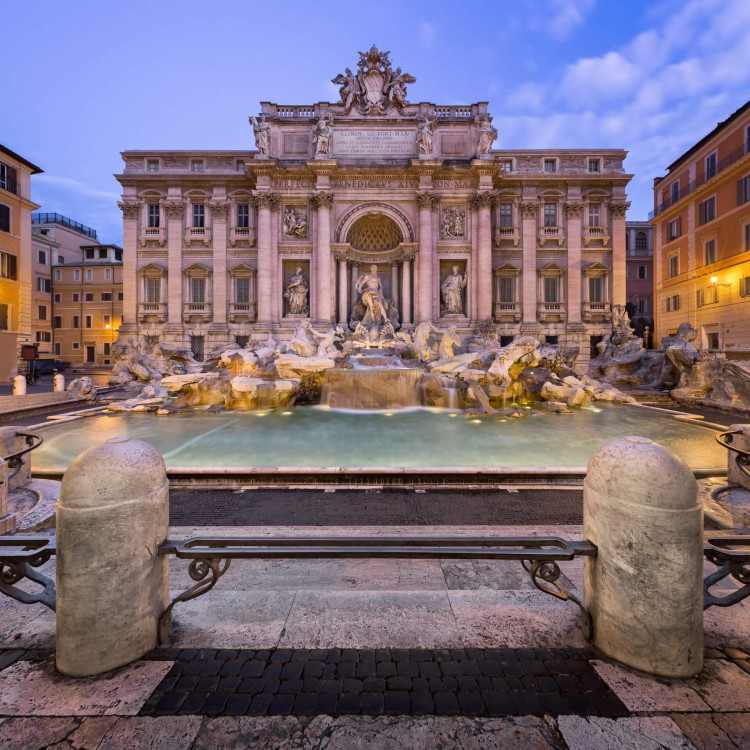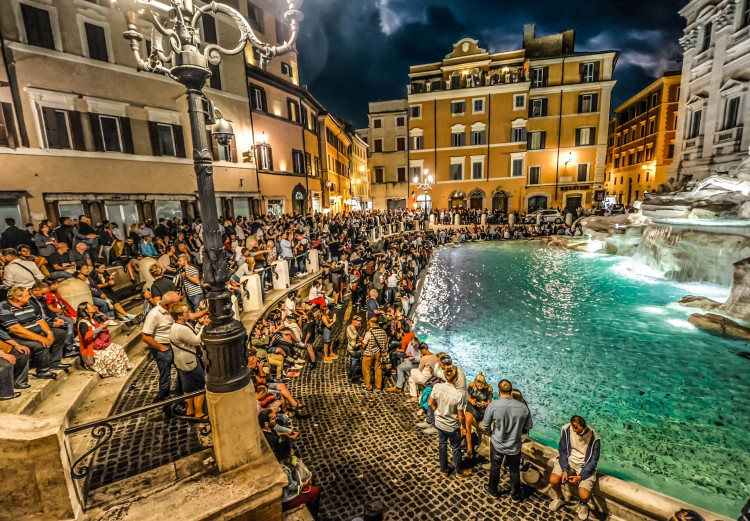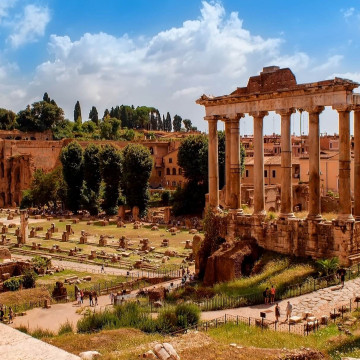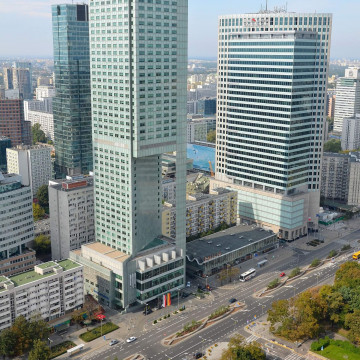Trevi Fountain - the most beautiful fountain in Rome
Where is located Trevi Fountain?
Address of Trevi Fountain is Piazza di Trevi, 00187 Roma RM, Italy
show on map
When was built Trevi Fountain?
Built date of Trevi Fountain is 1732 - 1762

Facts, informations and history of Trevi Fountain
The Trevi Fountain is one of the most beautiful water buildings in Rome. It was designed in 1732 by the Italian architect Salvi Nicolo for Pope Clement XII. Work on its construction took several decades.
The fountain is fed by the Aqua Virgo aqueduct, built in 19 BC by order of Mark Agripa and restored in the 15th century. The aqueduct supplies water from the springs of Salone Springs, located about 21 kilometres from the town.
The architect Nicola Salvi died in 1751 and has never seen the completion of his monumental Baroque fountain. The fountain was completed by Pietro Bracci. In 1762 Pope Clement XIII officially completed and inaugurated the fountain, 11 years after Salvi's death.
During construction, many men were injured and several died while working with huge stones, including the main stonemason, who was crushed by a large block of travertine in 1734.
The fountain was designed on the pattern of the monumental triumphal arch and built at the wall of the Palazzo Pola, on the site of a smaller fountain existing here since the 15th century.
This extremely richly ornamented Baroque work resembles the palace facade, rising above artificial rocks, from which streams of water flowing into a huge swimming pool.
The central figure is Okeanos (5.8 metres high) and two tritons leading hippocamps, mythical horse and fish hybrids. Four statues placed on the balustrade symbolize the four seasons of the year, and in the adjacent niches there are female figures that are allegories of Health and Plenty.
The monument is 26.3 metres high and 49.15 metres wide and is the largest baroque fountain in Rome.
Every day, the fountain overflows 80,000 cubic metres of water. Currently, the water from the fountain is recycled.
Legend has it that a coin thrown into a fountain will ensure a return to Rome, a second coin should be thrown if you are looking for love and a third if you are expecting wedding bells. This tradition also goes back to the Ancient Romans, who often threw coins into the water so that the water gods would favour their journeys and help them to return home safely.
Every day, from the Fountain di Trevi, the workers of the Roman municipal plant catch an average of 3 000 euros, thrown as coins by tourists, necessarily with the right hand over the left shoulder. Money caught by the municipal authorities is used for the maintenance of monuments and for the needs of the poor in Rome.
The fountain also owes its world fame to Swedish actress Anita Ekberg, who in Federico Fellini's film La Dolce Vita (Sweet Life) took a night bath in it.
The Trevi Fountain is particularly impressive at night due to its rich lighting.
Swimming and entering the fountain is forbidden and punished. It is also illegal to steal coins from the fountain. In the past there were gangs sneaking in at night to catch and steal coins.
A small square with a fountain and a crowd of narrow streets emphasize the monumentality of the building.
The name Fountain of Trevi probably comes from the Latin word 'Trivium', which means the intersection of three streets. These streets are Trevi to Via De' Crocicchi, Via Poli and Via Delle Muratte.
In 1998 and 2014-2015 the monument was renovated. The renovation cost EUR 2 million and included the installation of over 100 LED lamps to improve the lighting of the fountain at night.
"Without someone to talk to, every sight I saw - whether it was the Trevi Fountain or a canal in Amsterdam - felt simply like a name on a list that I needed to check off." - Jojo Moyes, After You
Architect of Trevi Fountain


How many meters have Trevi Fountain?
Height of Trevi Fountain is 26.3 meters


Construction/building type
Building Trevi Fountain is of type Fountain
Architectural style
Architectural style of Trevi Fountain is Baroque
Baroque is one of the most important architectural styles that developed in Europe in the 17th and 18th centuries. It was characterised by grandeur, sumptuous detailing, symmetry and lighting effects. Below, I provide information on the precursors, key features and some well-known buildings in the Baroque style. ... czytaj więcej.
What material is the building made of?
Trevi Fountain is made of the following materials: Travertine
Practical informations

What is the cost of entry for Trevi Fountain?
Tickets for Trevi Fountain are available at the following prices and variants:
- Free of charge.
At what times is open Trevi Fountain?
Trevi Fountain is open or accessible to the public on the following dates and times:
- Always open.
Photo gallery Add photo
Location on map / How to get there
































Comments to Trevi Fountain (1) Average rating: 5 Add comment / Rate building
Based on 1 comment